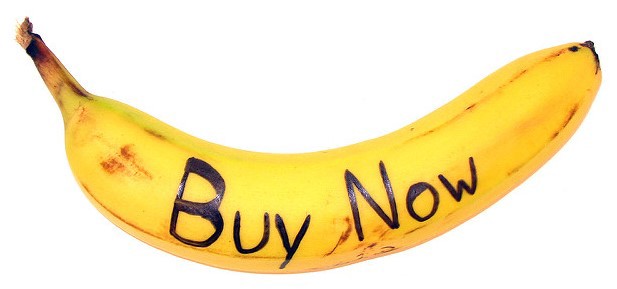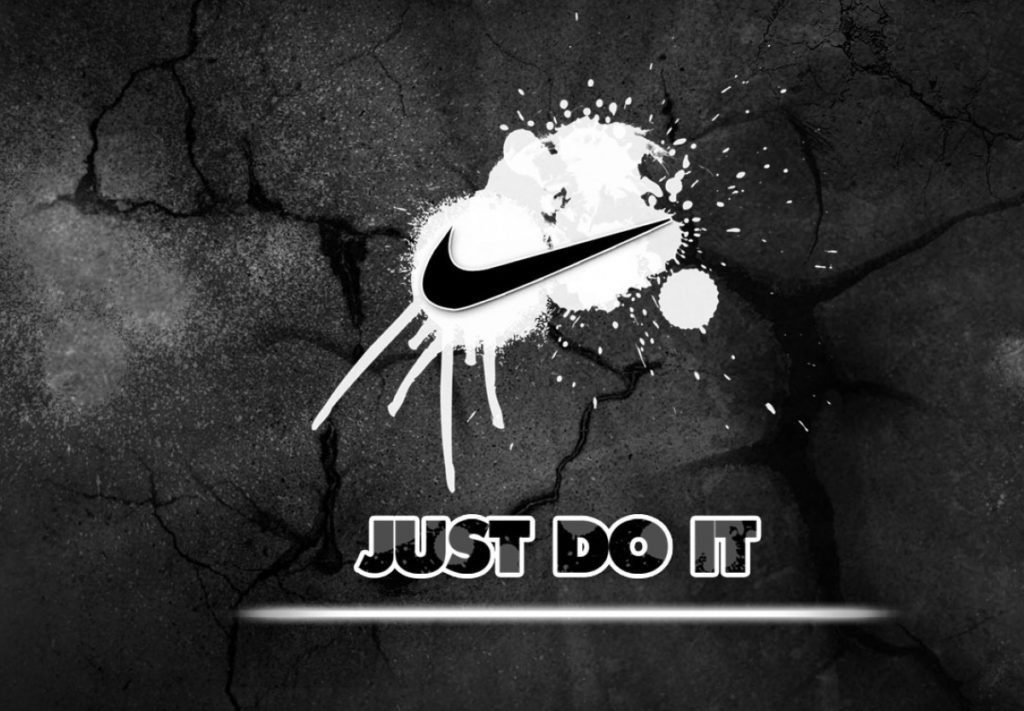First things first: what is product communication, again? Quick reminder! Every time you say something about your product in a place where a potential customer could see it — especially if you want them to see it! — you’re engaging in product communication.
Does that mean product communication is just marketing? Nope, it’s not the same thing as marketing. That said, product communication is a subset of marketing, like the folder called “Yosemite 2013” is part of your larger “Vacations” folder. However, the whole big field of marketing encompasses way more than little ol’ product communication.
Product communication is part of promotion, which is only a small part of marketing. It’s important, but it’s not everything. Marketing is far more complex and overarching than promotion. Before you can start spreading the word about your product, you need to evaluate the market you’re stepping into, right? You need to vet the competition and maybe put together a few spreadsheets.
Pitching your potential customers is only the last step in the process. You can’t convince people to try or buy unless you have something to offer! And the product you offer has to be good. “Good” doesn’t necessarily mean “high quality” in a fancy-schmancy sense, but it definitely should be compelling enough to get people to commit resources to accessing it.
Even though promotion should be the last item on your to-do list, after the core product development has happened, it’s still crucial. And promotion can’t be effective without equally effective product communication. You need to understand your product more deeply than you thought you possibly could, and you need to learn to explain your product’s value in a way that potential customers will understand.
This is not a new idea. Recently I came across a 2014 blog post by Brian Clark of Copyblogger that sums up the requirements well:
“First, make a list of every feature of your product or service. Second, ask yourself why each feature is included in the first place. Third, take the ‘why’ and ask ‘how’ does this connect with the prospect’s desires? Fourth, get to the absolute root of what’s in it for the prospect at an emotional level.”
Clark’s advice is useful, but it’s also pretty broad. Not to plug myself too obviously, but… ;) Product Communication Basics drills down into the questions you need to ask yourself. That still requires significant effort from you or your team, but it’s easier than floundering through without a guide. No need to reinvent the wheel when you don’t get better results that way!
The question was, “Is product communication just marketing?” The answer is, “No, it’s only one part of marketing — but not a part that you should ignore!”


